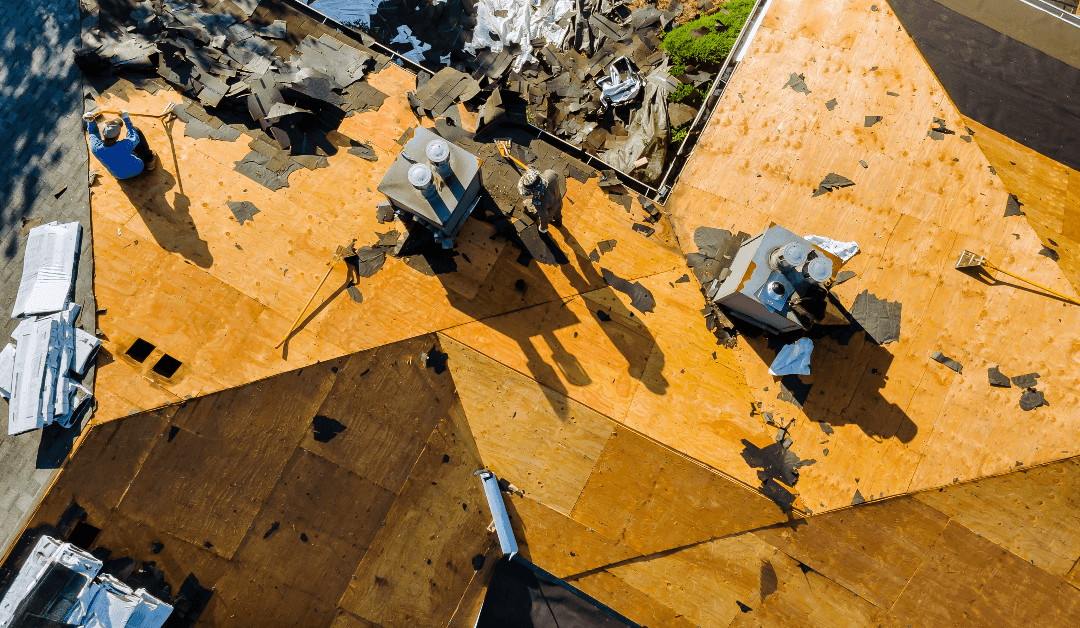Florida’s weather has features that can wreak havoc to any roof, however well-engineered and installed. Its weather is sun and heat rid. The sun blazes down most of the year, earning it the name the Sunshine State. In the summer, the temperature gets to 33 degrees Celsius during the day and 21 degrees Celsius at night, calling for quality roofing from SYL Roofing Supply.
The ocean, many lakes, and swamps inland, and the high temperature cause high humidity. Summers are subject to afternoon thunderstorms capable of drastically lowering the temperature in a very short time. Florida is also constantly buffeted by tornadoes and hurricanes.
Let’s briefly have a look at how hurricanes damage roofs and much more.
How Do Hurricanes Damage Roofs?
Hurricanes are sustained winds of at least 74 miles per hour. A current of 70 miles per hour is considered damaging to a roof, even when unaccompanied by rain and hailstone. Winds of even 50 miles per hour are enough to give your roof a battering. This is eventually damaging to the roof.
Hurricanes also carry storms with them. As a result, the hailstones pounded the roof and weakened it in the long run. The moisture affects applied seams and seals, especially in association with heat. The humidity can encourage the growth of moss and algae, which hasten the decay and rot of the wood parts.
Older roofs are mainly an easy target to high winds, but so are new roofs that have not had time to settle.
After every hurricane and storm, you should inspect your roof for displaced shingles, debris like trees on the top, leaks, and clogged or damaged vents. Try to catch wind damage before it goes too far.
How Florida Heat Affects Your Roof
Roof shingles can heat up to 200 degrees in the noonday sun of a Florida summer. This can compromise the structural integrity of asphalt shingles. A sudden afternoon thunderstorm can bring that down to room temperature in a concise time. The sudden and constant temperature fluctuations make your shingles weaker in the long run.
Can Summer Heat and Humidity Damage Your Florida Roof?
Either of these can cause damage on their own. Together they cause even more significant damage quicker.
Heat and moisture together tend to weaken the wooden components of the roof by creating spaces at the points at which they are joined. These are weak links in the face of other elements like high wind and driving rain.
Humidity and moisture also encourage the growth of moss and algae, which are very unsightly. These also hold water that causes rot and decay.
How Often Should Roofs be Replaced in Florida?
The harsh Florida weather ensures that you have to replace your roof before it’s quite the time.
Architectural shingles have a life expectancy of 25 to 40 years. In Florida, the expectancy is no more than 20 years. Three-tab shingles can expect to last 12 years instead of 17 to 20 years.
Contact us
You can improve the lifespan of your roof by using quality roof products installed professionally and by doing constant maintenance from SYL Roofing Supply. It helps halt irreversible damage. Get in touch today.

